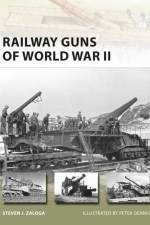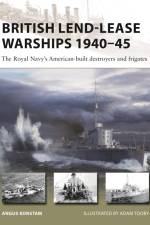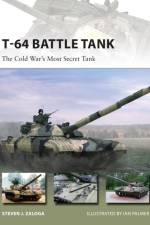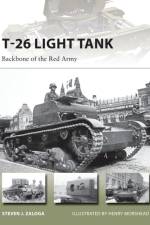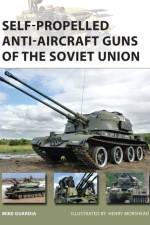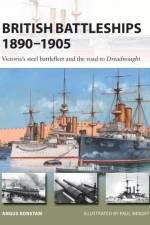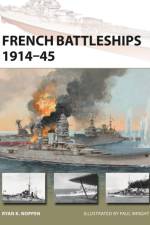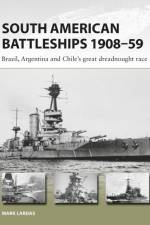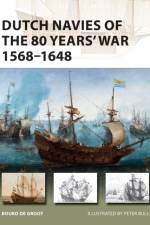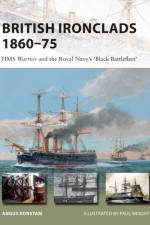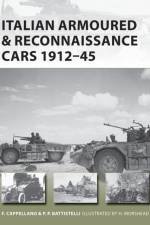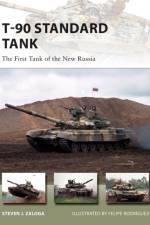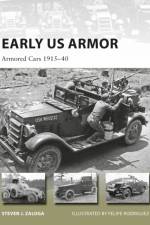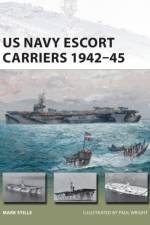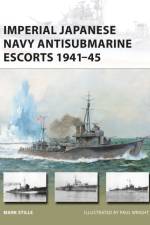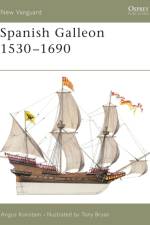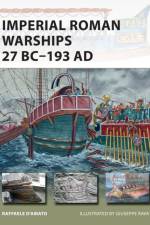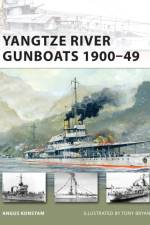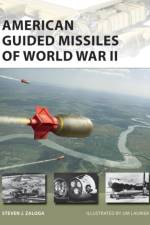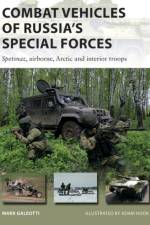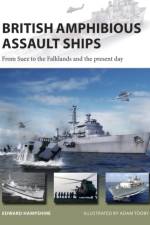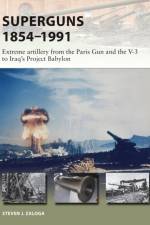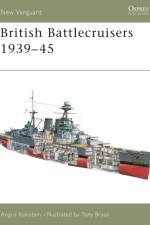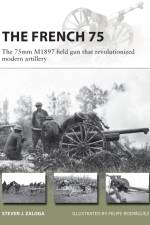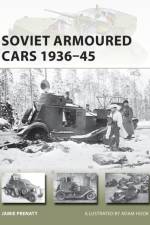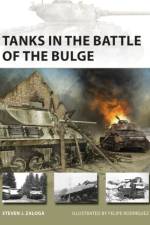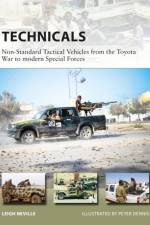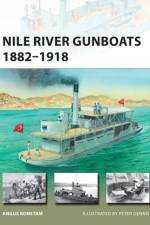- Spetsnaz, airborne, Arctic and interior troops
av Mark (New York University Galeotti
161
An illustrated study of both the combat vehicles of Russia's legendary Spetsnaz special forces and the whole range of unique and modified vehicles that Russia's elite units use, from combat snowmobiles to the world's biggest water-cannon.Elite forces need elite vehicles. As Vladimir Putin has devoted effort and funds into modernising Russia's armed forces and turning them into an instrument geared not just for defending the Motherland but also projecting power beyond its borders, Russia has seen a growing emphasis on special and specialist forces. Traditionally, the elite Spetsnaz commandos had to make do with regular vehicles or civilian-based 'technicals', not least to conceal their presence (or, indeed, very existence). Now, increasingly at the forefront of Russian power projection, the Spetsnaz are acquiring more capable, versatile vehicles, such as the paratroopers' BTR-D personnel carrier, and also experimenting with exotic, specialist new acquisitions, such as the Chaborz M-3 buggy and Yamaha Grizzly all-terrain vehicle. The other elite branches of Russia's forces, such as the Arctic-warfare troops of the 200th Independent Motor Rifle Brigade, the paratroopers of the Air Assault Troops (VDV), the Naval Infantry, and the elite units of the security forces are also developing and fielding new vehicles for their specialist roles, from combat snowmobiles to urban-warfare vehicles. From highly-mobile LMVs able to operate in the deserts of Syria or the streets of Ukraine, through dedicated fire-support vehicles such as the air-droppable Sprut-SD or the massive BMPT 'Terminator', to amphibious tanks and drone-equipped security trucks, these are the workhorses of Russia's special forces. This study explores all these combat vehicles in detail, combining expert analysis from Russia expert Mark Galeotti with highly accurate full-colour illustrations and photographs.

